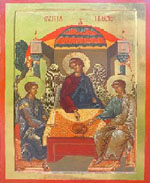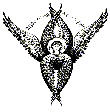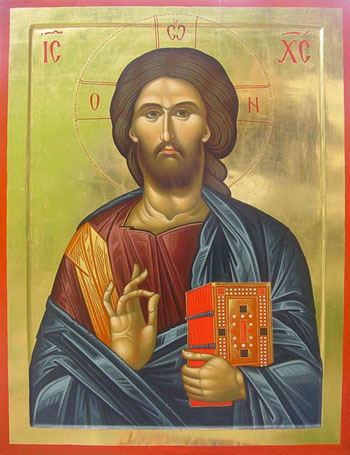 HISTORY
HISTORY
The
town of Alba Iulia has a millennial history. In the first half
of the second century, the ancient sources mention the tribe of the
Apoulons and king Rubobostes. Ptolemeu, in his work "Geographia"
also mentions Apulon besides the fourty important towns of Dacia situated
in the middle of Transylvania. The town of Alba Iulia was called "Apulum"
in Roman Times. It was the most important military, economic, social,
cultural and political centre of the imperial province of Dacia.
At the beginning of the Middle Ages, the town was called "Bãlgrad"
and became the main centre of Transylvania. On November 1-st 1599,
after the victory at Selimbãr, prince Michael the Brave made
his triumphal entrance in this town. After the union of Moldavia with
the other two Romanian principalities in May 1600, the great prince
entitled himself : "By God's Mercy, I, Michael, entitle myself
prince and ruler of Wallachia, Transylvania and Moldavia" -
achieving for the first time, the Romanian's most cherished ideal -
the union of the three Romanian principalities under one single political
rule. The presence of the great prince had already been felt at Alba
Iulia a few years before: in 1597, he had a new metropolitan cathedral
built there within the precinct of the old Metropolitanate, in the vicinity
of the walls of the fortress which, for more than a century, was an
important centre of Romanian religion and culture in Transylvania.
The Metropolitanate of Transylvania became, as our great historian Nicolae
Iorga put it, "the most lasting and useful establishment of
our nation from beyond the mountains" and had real spiritual
fathers and men of culture such as: Teoctist (1606-1623), Dosoftei,
Ghenadie II, Saint Iorest, Simion Stefan, Saint Sava Brancovici, Ghenadie
III, Daniil, Iosif Budai, Ioasaf, Sava III, Varlaam, Teofil, Atanasie)
and others.
The printings in the Romanian language made by the scolars of the Metropolitan
seat of Bãlgrad had an important contribution such as: "The
Gospel "(1641), "The Psalms" (1651), "Bucoavna"
(1699 - the first primer printed in the Romanian language. However the
most famous publication is "The New Testament of Bãlgrad"
(1648) which was printed with the initiative of the Metropolitan
Simion Stefan. The ancient metropolitan institution was later overthrown
by Hapsburgs, who also destroyed its cathedral in 1714. Some remainders
of the old cathedral were used to build a new church in the part of
the city known as Maieri (near the railway station).
This little church was built on the site of the ancient Metropolitan
Cathedral and it was hallowed in 1992. It is made of wood in a maramuresan
style.
In
this holy place, "old but young"- the Memorial Church
tries to keep awake the conscience of community in love and communion.

|


